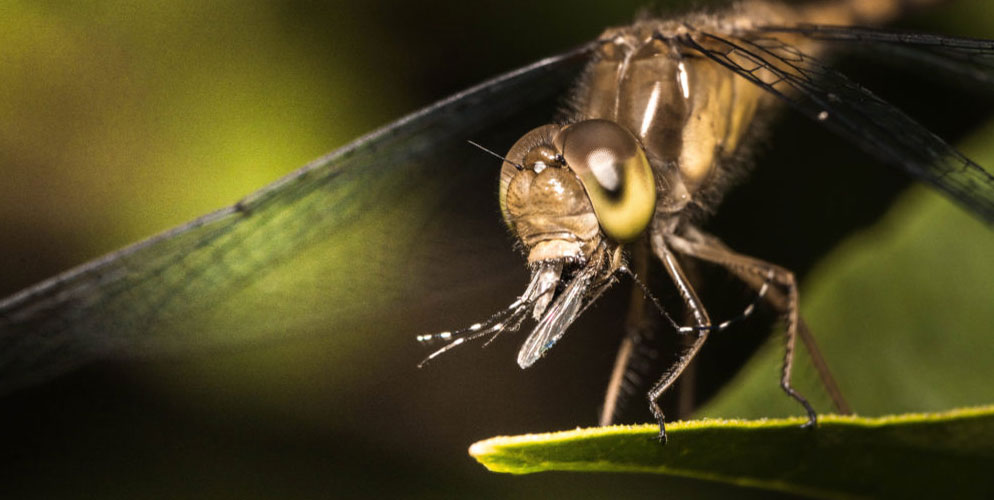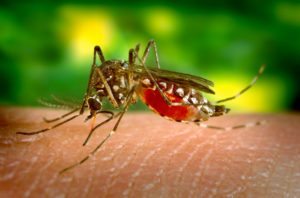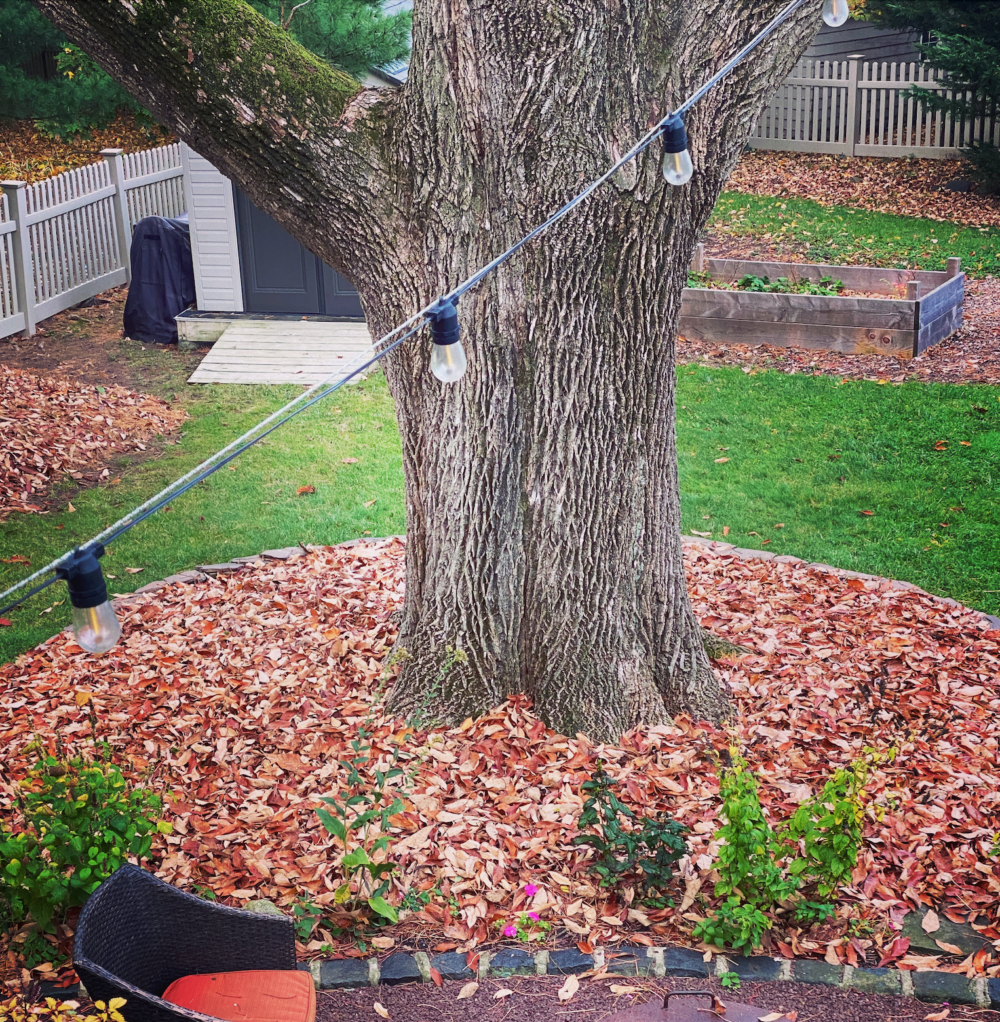We have much more to do and your continued support is needed now more than ever.
Safeguard Safely Against Zika
Protect Yourself and Your Habitat this Summer

Two weeks into the unofficial start of summer, the mercury is rising across much of the country — along with widespread fear about the mosquito-borne Zika virus. As of this week, the Centers for Disease Control and Prevention (CDC) has confirmed more than 690 Zika cases in the continental United States — including more than 200 pregnant women — as well as a long-suspected link between the virus and severe fetal abnormalities.
In April, CDC released a revised U.S. range map for the primary mosquito vector of Zika, Aedes aegypti, showing that the species ranges farther north than previously known — up to Northern California in the West and Connecticut in the East and in 30 states compared with just 12 on previous maps. The same month, a lab in Mexico reported it had for the first time detected the virus in another mosquito species: Aedes albopictus. This notorious daytime-biting Asian tiger mosquito has been plaguing gardeners and other outdoor enthusiasts for years and is already common across much of the country.

So far, no Zika-carrying mosquito of either species has been detected on the U.S. mainland. Victims either got the disease elsewhere or, less frequently, from having sex with infected partners. But officials warn that as more travelers return from virus-infested countries during mosquito season, there is a good chance for “local transmission” before summer is over.
Spraying Causes More Harm
Conservationists, meanwhile, have additional worries this summer: “In many parts of the world, including the United States, spraying pesticides is the knee-jerk reaction to mosquito-borne disease,” says Scott Black, executive director of the Xerces Society for Invertebrate Conservation. “But the data from mosquito-control efforts over the past 150 years show that spraying for adult mosquitoes does not work well — and it can have profound impacts on pollinators as well as on insects that are food for fish, birds and other wildlife.”
As an example, Black cites mosquito spraying as “a major factor” in the decline of Florida’s federally endangered Schaus swallowtail and Miami blue butterflies. In the Midwest, University of Minnesota biologist Karen Oberhauser found that monarch butterfly caterpillars reared on milkweed from an area sprayed for mosquitoes have significantly lower survival than average, even on leaves collected three weeks after spraying.
“Fortunately, what works best to control mosquitoes is also least harmful to wildlife and human health,” says Black, whose organization helps communities across the country develop safe and effective mosquito management plans. The most important steps, he says, are to eliminate mosquito-breeding sites and to protect yourself with window screens, proper clothing and repellent.
Spraying, in fact, may worsen mosquito problems. Not only are the insects developing resistance to pesticides, these poisons kill the natural enemies of mosquitoes. “In healthy habitats, there is a balance,” explains National Wildlife Federation Naturalist David Mizejewski. “You have pests like mosquitoes, but you also have predators and parasites that can keep the pests’ numbers in check.”
Tips for Natural Defense

The National Wildlife Federation, through its Garden for Wildlife™ program, offers the following tips for wildlife gardeners and others who want to spend time outdoors this summer while minimizing their disease risk:
Patrol your property: Locate all potential breeding sites in your yard. Both mosquito species that transmit Zika can lay viable eggs in very small amounts of water, including what ends up in clogged gutters, drain pipes, children’s toys, plant saucers and even bottle caps.
Eliminate the source: Once you discover where mosquitoes breed, get rid of the water. If that’s not possible, you can also inoculate water with a natural soil bacterium called Bacillus thuringiensis (Bt). The Bt strain israelensis kills the larvae of mosquitoes, fungus gnats and biting blackflies but is harmless to people as well as other wildlife. (Different strains target caterpillars or other insects.) You can get Bt israelensis in the form of doughnut-shaped mosquito “dunks” or granules online or from your local garden center or hardware store.
Target water features: “To keep mosquitoes from producing young in your birdbath, dump the water out — along with any eggs and larvae — every few days,” Mizejewski says. (It takes about a week for larvae to mature into biting adults.) “You need to do that anyway to keep the water fresh for birds.” For backyard ponds, add a pump or fountain (mosquitoes prefer stagnant water) and treat with mosquito dunks or granules.
Nurture native predators: “Both adult mosquitoes and larvae are on the menu for a wide variety of wildlife, from birds and bats to frogs, lizards and dragonflies,” Mizejewski says. “Planting native plants and taking other steps to support these predators can minimize the local mosquito population.”
Protect yourself: Beyond eliminating breeding sites, CDC’s number-one recommendation for avoiding mosquito-borne disease is personal protection with insect repellents, window screens, long pants and long-sleeved shirts.
Spread the word: No mosquito-control program in the country has the money or staff to patrol every backyard. If you eliminate standing water in your yard, but your neighbor does not, you will still have to deal with mosquitoes and the diseases they may transmit.

Learn MoreTo learn more about wildlife gardening, check out tips from the National Wildlife Federation’s Garden for Wildlife™ program.
This text was adapted from an article, “Habitat Help in the Age of Zika,” published in the August-September 2016 issue of National Wildlife magazine.





















